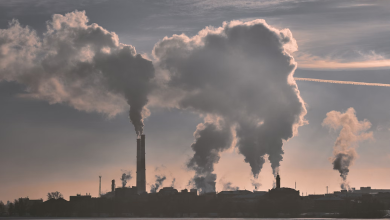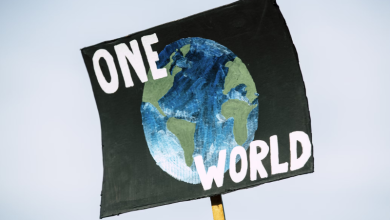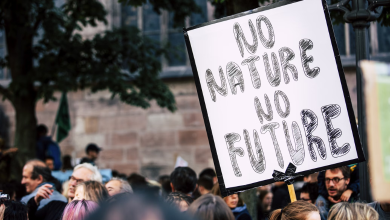The carbon footprint of the internet is no joke. Can individuals make a difference?

It can sometimes become terrifying to think of the dozens of ways our internet usage emits carbon emissions into the atmosphere. Did you already know that streaming a movie on Netflix for one hour is like driving a fossil fuel-powered car for one mile?
The internet, email and cloud-based services have helped significantly reduce the usage of physical resources such as paper. But the emissions produced from manufacturing, running and cooling computers, smartphones and data centres is certainly no joke.
No doubt, artificial intelligence is all the rage these days. But training an AI chatbot like OpenAI’s ChatGPT uses an estimated 1.3 gigawatt hours – the amount of energy 120 homes in the US annually. Then what about the solutions?
Read More: AI’s environmental costs could fall disproportionately on marginalised people
Steps to reduce internet’s carbon footprint
A video call on the Zoom platform can emit up to 1,000 grams of carbon per hour into the atmosphere. But opting for the audio-only feature can reduce the pollution by 96%. It takes just simple steps like this to reduce internet’s carbon footprint and make the planet a better place.
But the debate continues: does it make sense if individuals do everything for the sake of Earth but companies, governments and other institutions carrying the biggest impact on the environment do not take ample of steps to sort things out.
Before you quit you regular recycling routine, remember your practice make sometimes feel dauting or something similar to just a drop in the ocean. But you can encourage collective behaviour as it tends to put greater pressure on policymakers and brings changes faster.
Companies and governments must do better
Besides the individuals, companies must also do their part. Several firms across the globe have been launching initiatives to protect the planet. But it is important for them to do much more than the bare minimum when it comes to reporting and mitigation.
Companies have to reach out to their governments and demand higher regulatory standards. In addition, governments need to prioritise their citizens more. Policymakers need to pay attention to the various demands of the common people, especially of those protesting and speaking out.
Read More: Mona Lisa attacked, again! Do disruptive climate protests actually serve the purpose?



